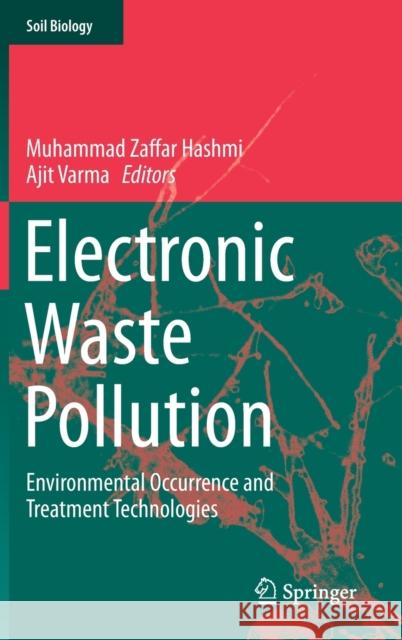Electronic Waste Pollution: Environmental Occurrence and Treatment Technologies » książka
topmenu
Electronic Waste Pollution: Environmental Occurrence and Treatment Technologies
ISBN-13: 9783030266141 / Angielski / Twarda / 2019 / 355 str.
Electronic Waste Pollution: Environmental Occurrence and Treatment Technologies
ISBN-13: 9783030266141 / Angielski / Twarda / 2019 / 355 str.
cena 603,81
(netto: 575,06 VAT: 5%)
Najniższa cena z 30 dni: 578,30
(netto: 575,06 VAT: 5%)
Najniższa cena z 30 dni: 578,30
Termin realizacji zamówienia:
ok. 22 dni roboczych
Dostawa w 2026 r.
ok. 22 dni roboczych
Dostawa w 2026 r.
Darmowa dostawa!
Kategorie:
Kategorie BISAC:
Wydawca:
Springer
Seria wydawnicza:
Język:
Angielski
ISBN-13:
9783030266141
Rok wydania:
2019
Wydanie:
2019
Numer serii:
000292997
Ilość stron:
355
Waga:
0.70 kg
Wymiary:
23.39 x 15.6 x 2.24
Oprawa:
Twarda
Wolumenów:
01
Dodatkowe informacje:
Wydanie ilustrowane











